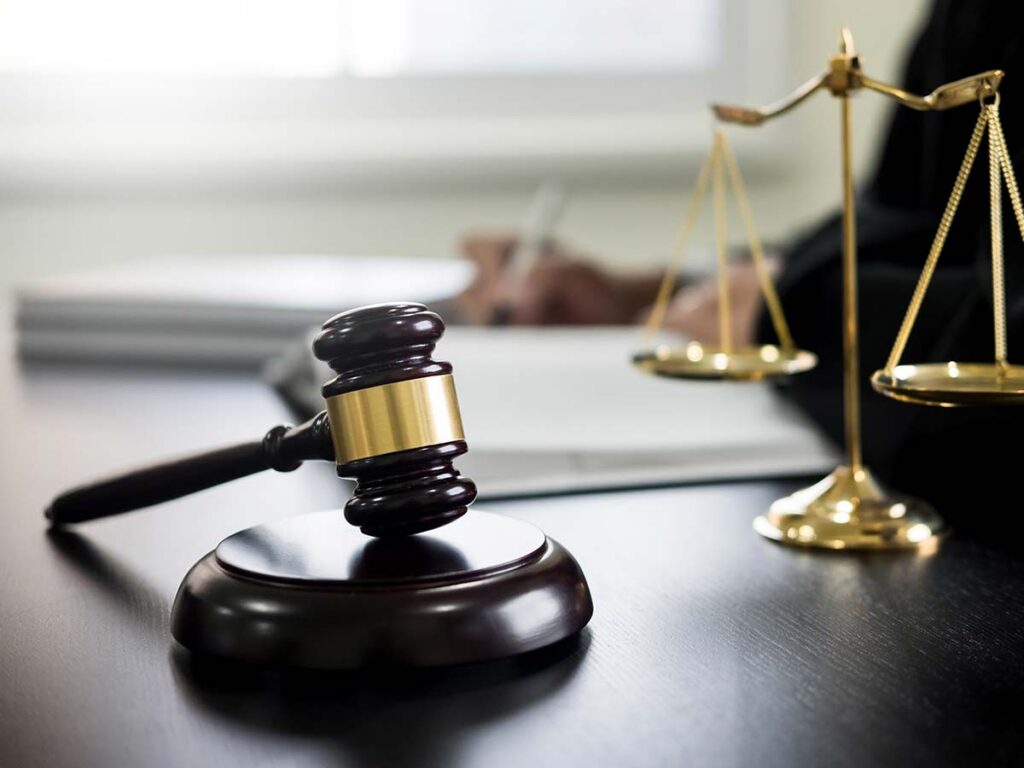How NYC’s Infrastructure Impacts Micro-Mobility Accidents
Over the past ten years, New York City has seen a surge in the use of micro-mobility vehicles such as e-bikes, electric scooters, and traditional bicycles. This shift is transforming how people commute, especially among delivery workers and everyday bike riders. While the expansion of bike lanes and alternative transportation options has made commuting more accessible, it has also brought new risks and safety concerns—especially when infrastructure doesn’t keep pace.
Micro-mobility accidents are on the rise across New York City streets, raising urgent questions about rider safety, protected bike lanes, and how well the city is adapting to new forms of transit.

The Rise of Micro-Mobility in New York City
E-bike riders and users of electric scooters now make up a significant portion of road users. Delivery workers, in particular, rely heavily on e-bikes to navigate dense neighborhoods and meet demanding delivery schedules. These workers often ride on city streets with inconsistent infrastructure, unclear traffic laws, and limited protection from motor vehicles.
Citi Bike, e-scooters, and human-powered bikes are now common in all five boroughs, but the conditions in which they operate can be hazardous. Riders regularly face obstacles such as:
- Inadequate or blocked bike lanes
- Oversized vehicles encroaching on bike paths
- Poor street lighting or damaged pavement
- Confusing or unenforced speed limits
Without adequate investment in safer streets and consistent regulation, both consumer and worker protection efforts fall short.
Protected Bike Lanes: A Critical Safety Factor
Protected bike lanes are one of the most effective tools for reducing traffic crashes and pedestrian fatalities. Unlike standard painted lanes, protected bike lanes provide a physical barrier between bike riders and motor vehicle traffic. When properly maintained and designed, they significantly improve street safety for all road users.
Despite their benefits, many areas of New York City still lack protected lanes. In some neighborhoods, delivery riders must navigate city streets without any dedicated infrastructure, increasing their risk of accidents and injuries.
The push for more protected bike lanes and wider bike lanes continues, particularly from community boards, advocacy groups like Transportation Alternatives, and the Worker’s Justice Project. These groups argue that expanding and improving bike infrastructure is key to keeping New Yorkers safe.
Traffic Laws and Enforcement
While New York City has traffic laws aimed at reducing injuries and fatalities, enforcement remains inconsistent. Riders often face uncertainty around:
- Changing or unclear regulations on e-bike batteries
- Speed limits that don’t reflect shared road usage
- Lack of license plates for some motorized vehicles, making enforcement difficult
- Vehicle parking in bike lanes, forcing riders into traffic
The city council, the city council, along with the New York City Department of Transportation and the Metropolitan Transportation Authority, continues to propose new rules aimed at making streets safer. But policy alone is not enough—implementation and active enforcement are equally critical.
Vision Zero and the Push for Safer Streets
New York City’s Vision Zero initiative, launched to reduce traffic fatalities and serious injuries, has focused heavily on street redesign, lowering speed limits, and public education campaigns. Yet despite some progress, traffic fatalities—particularly among micro-mobility users—remain a serious concern. According to NYC’s Vision Zero data, 2022 saw over 30 deaths involving cyclists and e-bike users, continuing a troubling trend.
Delivery workers are particularly vulnerable, with long hours on busy roads, constant pressure to meet deadlines, and often little recourse when crashes happen. The city must work harder to address these safety concerns and provide lasting protections.
Efforts to improve street safety include:
- Installing more protected bike lanes
- Widening existing bike lanes to accommodate more riders
- Regulating e-bike batteries and supporting battery swap programs
- Enhancing enforcement of reckless driving and illegal parking
- Improving pedestrian infrastructure to reduce pedestrian injuries and fatalities
Oversized Vehicles and Infrastructure Challenges
A significant hazard on city streets comes from oversized vehicles—particularly trucks, buses, and commercial vans—that share the road with micro-mobility users. These vehicles often obstruct bike lanes, create blind spots, and increase the likelihood of serious crashes. When combined with poor infrastructure or lack of adequate bike paths, the situation becomes dangerous.
Construction zones, poorly marked intersections, and inconsistent signage further increase the risks. Without better planning and design, micro-mobility accidents will continue to rise.

Legal Implications for Injured Riders
When an e-bike or scooter rider is injured due to unsafe infrastructure or negligent driving, they may be entitled to compensation. Liability may fall on:
- The driver of a motor vehicle involved in the crash
- The city, if poor street conditions contributed to the accident
- An app company, if its practices—such as pressuring workers to meet unsafe delivery timelines or failing to regulate faulty equipment—contributed to the crash. These claims are complex and may involve negligent hiring, failure to warn, or other tort theories, rather than standard labor law.
Personal injury claims may cover medical expenses, lost income, long-term care, and emotional distress. Legal representation is critical for navigating complex claims involving transportation regulations, city policies, and insurance.
If you or someone you know has been involved in a micro-mobility accident in New York City, consulting with an experienced attorney can help you understand your rights and options.
Learn more about how NYC’s infrastructure impacts micro-mobility accidents. Call Greenstein & Pittari, LLP at (800) 842-8462 to schedule your free, no-obligation consultation. You can also reach us anytime through our contact page. Let us help you take the first step toward justice and recovery.
FAQs: Micro-Mobility Accidents and Infrastructure in NYC
What are the main causes of micro-mobility accidents in New York City?
Most accidents result from poor infrastructure, lack of protected bike lanes, reckless driving, and unsafe vehicle parking in bike paths. Delivery workers are especially vulnerable due to their exposure and work conditions.
Are e-bike riders protected under current traffic laws?
Yes, but protections vary. Some traffic laws are not clearly enforced or updated to reflect the growing use of micro-mobility vehicles, leaving riders in legal gray areas.
What is the city doing to make the streets safer for micro-mobility users?
The city council and the New York City Department of Transportation are expanding protected bike lanes, enforcing speed limits, and proposing regulations on e-bike batteries and app companies.
Can I file a lawsuit if unsafe infrastructure caused my accident?
In some cases, yes. If the city failed to address known hazards or a construction site violated safety standards, you may have grounds for a claim. An attorney can help investigate the cause and liability.
Why are delivery workers at higher risk?
Delivery riders often face long hours, time pressure, and the need to navigate high-traffic areas without proper protection. Many rely on e-bikes and electric scooters, which makes them more vulnerable to injury on streets not designed for micro-mobility vehicles.
